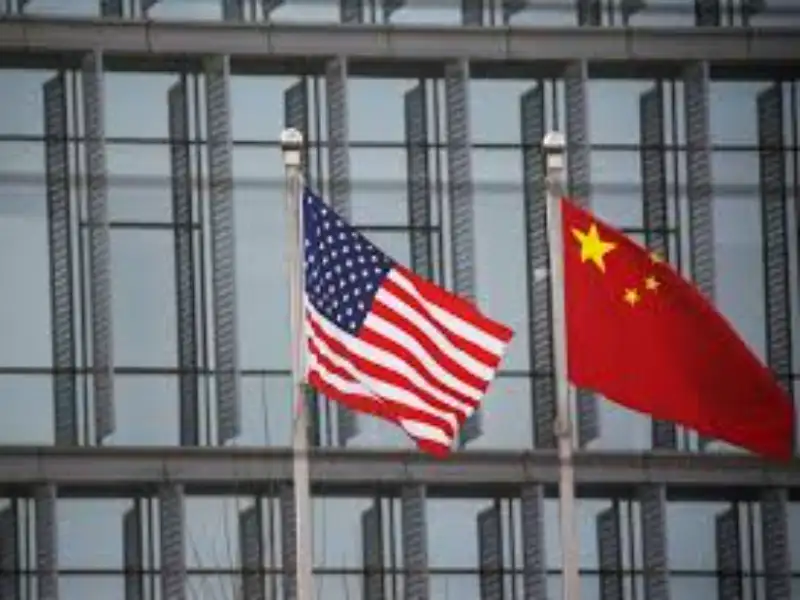- New law may force telecom firms to disconnect from networks tied to Chinese vendors.
- Critics say the measure harms local businesses more than its intended geopolitical targets.
What happened: State proposes telecom ban on Chinese-linked equipment
A U.S. state has proposed legislation that would compel telecom providers to remove infrastructure linked to Chinese technology firms, including equipment from Huawei and ZTE. The proposed rules go beyond federal guidelines, prompting concern from regional carriers who argue the mandate is impractical and disruptive.
Under the law, providers must disconnect from any technology originating from certain countries deemed security risks, effectively requiring companies to dismantle core parts of their networks. The state claims the bill is necessary to protect national security and prevent espionage via foreign-controlled technology.
However, industry stakeholders have expressed alarm, noting that the sudden, state-level requirements go beyond federal “rip-and-replace” programs already in place. Many smaller and rural telecom operators say they lack the resources to comply and fear significant service disruptions for customers.
Also read: US or China: Europe’s tech dilemma
Also read: Tariff pause for allies, China faces sharp hike
Why it’s important
This move signals increasing tension between national security objectives and the realities of network infrastructure, especially for smaller providers. While concerns about foreign surveillance are valid, enforcing stricter rules at the state level without coordination risks undermining service reliability and the viability of local businesses.
It also raises questions about how much responsibility individual states should bear in regulating telecom infrastructure with geopolitical implications. The lack of federal alignment may create compliance confusion and expose providers to conflicting rules.
This episode reflects the broader challenge of balancing security and connectivity in a politically charged environment, particularly as the U.S. continues to limit China’s role in its technology supply chain.

